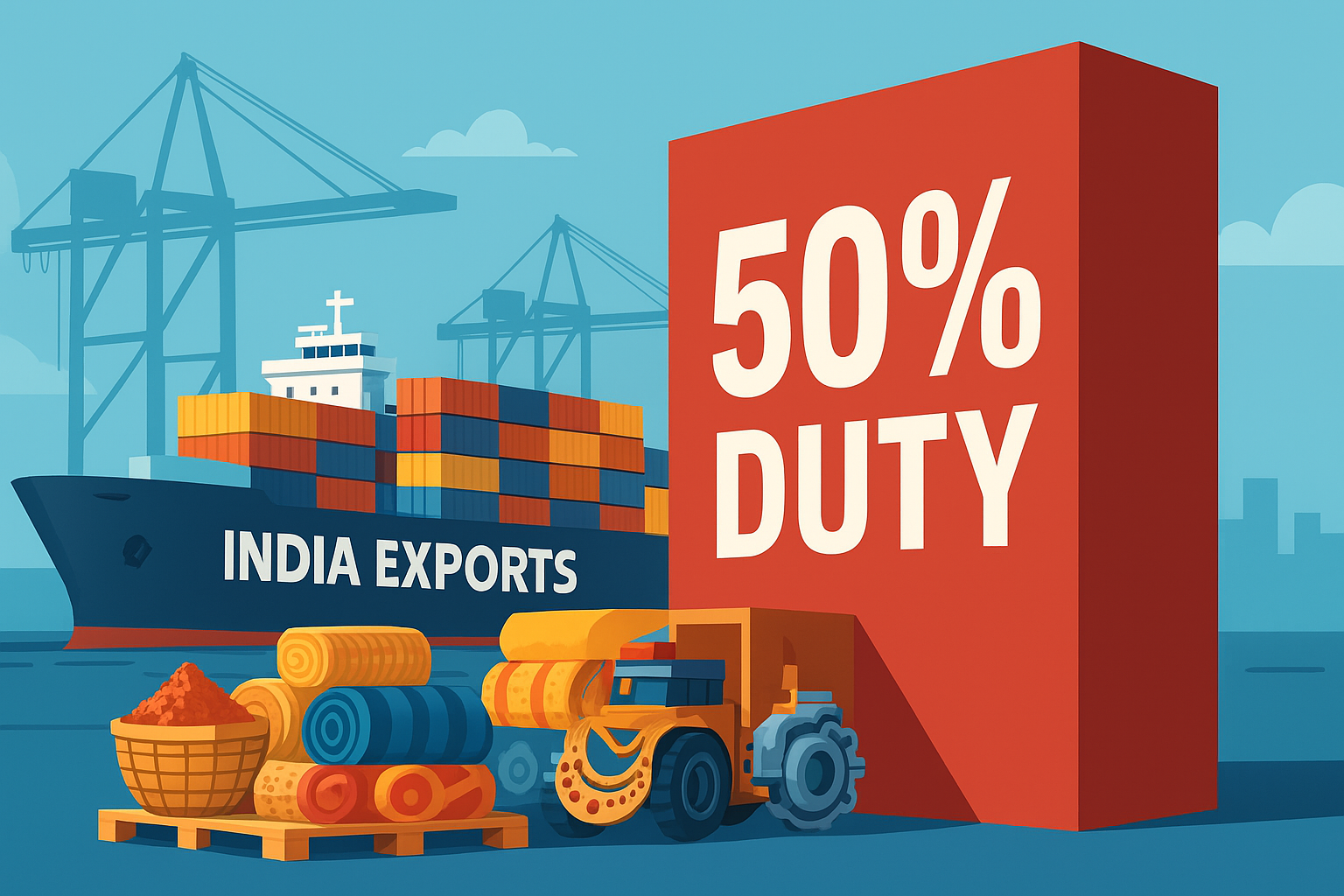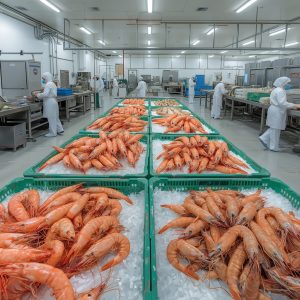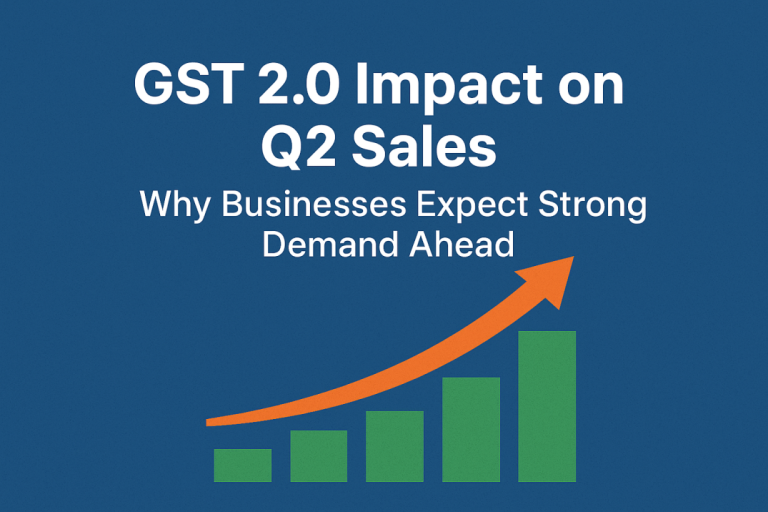Trump Tariffs on India: How 50% Duties Will Hit Indian Exporters
Trump’s Tariff Shock: Effect on Exports of Seafood, Jewellery, and Textiles from India
Considering total rates now ranging near 50% on many items, the United States has effectively increased tariffs on a wide range of Indian exports. This significantly lowers the price competitiveness of Indian-made clothing, jewelry, gems, seafood, home textiles, some auto parts, and a few agricultural products that are heavily dependent on U.S. consumers. Indian exporters and listed manufacturers in those sectors are currently experiencing a slowdown in orders and a decrease in stock levels.
A sector-by-sector analysis is provided below, along with examples of companies and the expectations associated with the vector.
1) Clothing & Textiles – extremely popular

U.S. purchasers either cancel orders, ask suppliers to pay the duty or discount, or move sourcing to cheaper-tariff nations (Bangladesh, Vietnam, Turkey) as a result of U.S. tariffs raising landed prices for Indian clothing by almost 50%. The next step is margin compression and order cuts.
Examples of companies that were exposed include Raymond, Trident Manufacturing, Vardhman Products, Arvind, Gokaldas Exports, Welspun (home textiles), and Alok Industries. Some firms, like Gokaldas, are already shifting their focus to Europe or the United States and increasing their capacity outside of India. Market response: Following the tariff decision, textile stocks experienced a decline.
2) Shrinking Orders for Shrimp and Seafood
There was already pressure on shrimp exporters’ prices. Indian shrimp could now be priced out of the US market by a 50% tariff.
Players Most Likely Affected: Coastal Corp., Apex Frozen Foods, and Avanti Feeds.
Repercussions include domestic market price falls, inventory buildups, and order cancellations.
3) Jewellery & Gems: Shine Over Under Pressure
Given the tariffs that make Indian jewelry more expensive than competitors, Surat’s diamond cutters and jewelry exporters will be affected.
Players Most Likely Affected: Hari Krishna Exports, Kalyan Jewellers, and Rajesh Exports.
Impacts include a drop in demand in the US, increasing pressure on margins, and possible job cuts in a highly skilled sector.
4) Engineering Products & Auto Components: Little Suffering
The tariff net includes various engineering goods and car parts. As U.S. manufacturers look elsewhere, the industry may experience a reorganization of orders.
Mother Son Sumi, Bharat Forge, and Sundaram Fasteners may be impacted companies.
Effects: decreasing margins on lines that depend on the United States of America.
5) Household Carpets and Textiles: A Tight Knot
Rugs, towels, and bed linens are among the most popular home textile exports from India that might be losing retail space.
Firms like Welspun Trident, and the Bombay Dyeing are likely harmed.
Results involve order cancellations, a reduction in U.S. consumer demand, and a reduction of profit margins.
6) Electronics & Pharmacies: Ventilation Room
For example, smartphones and important medicine are currently protected.
These companies are Apple India, Cipla India, Dr. Reddy’s Pharmacy, and Sun Pharma.
Even in this case, exporters are still worried about indirect impact.
| Product / Sector | Rate Before the 50% Hike (after baseline + first reciprocal tariff) | Rate After August 27, 2025 (≈50% for many) | Key Details / Notes |
|---|---|---|---|
| Textiles & Apparel (knit & woven) | ~25-30% (varied by product) | ~50–60% for many products — knit garments ~63.9%, non-knit ~60.3% | Home textiles, made-ups (bedsheets, towels etc.) also deeply affected. |
| Gems & Jewellery (diamonds, gold etc.) | ~25-30% earlier; ~52-53% after hike. | ~52-53% | This is one of the biggest export items from India. |
| Leather & Footwear | Footwear had special rates: ~20-30% in earlier tariff structure; after ~50% plus additional duty elements. | Close to ~50% for many, footwear slightly varied due to specific product lines. | |
| Marine / Seafood | Earlier had a composite tariff (base + anti-dumping + countervailing), e.g. ~33-35% for many shrimp/seafood lines. | After the hike, many marine products face ~58% or so (50% base + extra) in total landed cost. | |
| Organic Chemicals / Specialty Chemicals | ~25% earlier; after ~50% for many lines. | ~50+% in many cases. | |
| Auto-parts & Vehicles | Auto-parts earlier had about ~25%; certain vehicles (or components) see higher. After the hike many parts around ~50%. | ~50% for many components. | |
| Metals (Iron, Steel, Aluminium, Copper etc.) | Earlier some were under ~25%; industrial metal products may have varied based on function. | Many metal base goods now taxed ~50%. |
Who Was Free from Tariffs?
Medicines: Exports of Indian drugs are protected.
Electronics & Smartphones: No increases in tariffs on displays, electronics, or smartphones.
Metal and Nature Gas: Critical metals, petroleum, natural gas, and oil for transport are not included, nor are energy-related items.
What is Coming to Indian Exporters After This?
Diversification: To reduce their dependence on the United States, businesses are investigating opportunities in Asia, the United Kingdom, and the Middle East.
International Expansion: A few textile companies are looking into opening offices in East Africa as well as Asia.
Government Action: New Delhi may provide incentives for exporting or fight for tariff relief.
Benefits for Investors
Exporters of jewelry, seafood, and textiles have already suffered losses on the Indian stock exchange. Investors need to keep an eye on:
- Financial risk of those companies in the United States
- Updates to the order book in the upcoming quarters
- Strategies for diversification and margin stability.
Final Word
Trump’s tariffs are a wake-up call for Indian exporters, not just a change in trade policy. Diversifying markets, increasing resilience, and reducing excessive dependence on a single nation are the clear messages. The upcoming quarters will put India Inc.’s ability to adjust to new situations to the test.
Worried about Trump’s tariffs on India hitting your bottom line?











